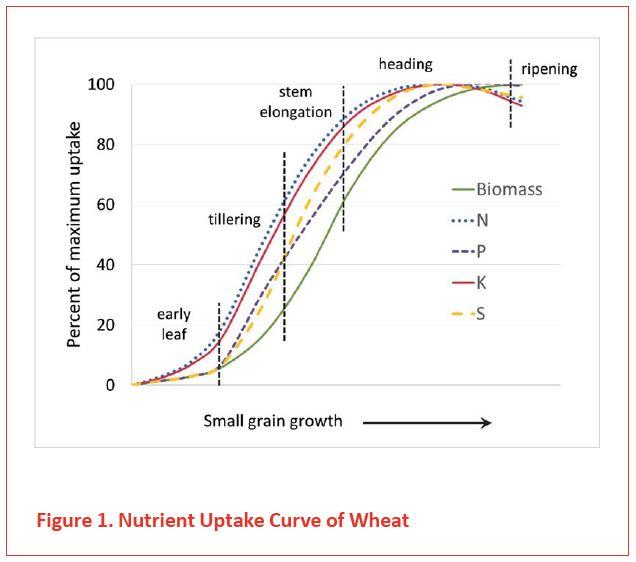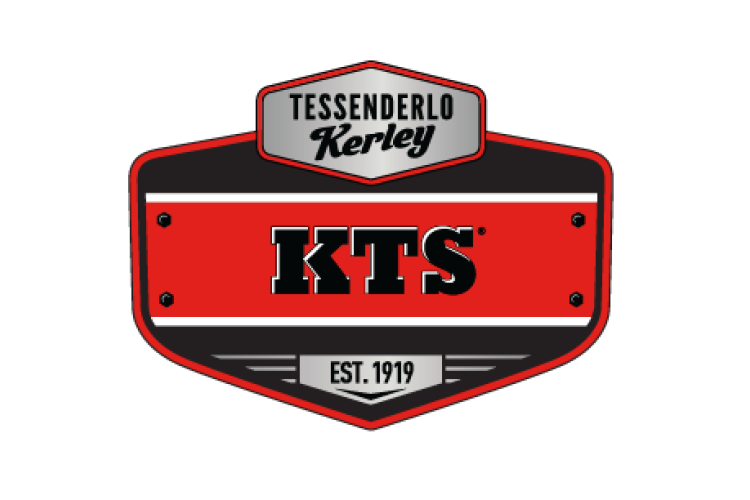
Potassium at Every Growth Stage Matters

Importance of In-season Applications
As warmer temperatures arrive, it is time to top-dress wheat for many. Applying in-season nitrogen takes priority but this means we may overlook other nutrients like potassium and sulfur. For many of us, our soil tests may show sufficient potassium levels and we often don’t consider adding additional potassium to our fertility programs or at best, may apply a maintenance potassium application prior to planting to account for this season’s crop uptake. However, the potassium levels described in a soil test are not always readily available at each growth stage due to many factors affecting potassium fixation and availability in the soil profile.
Adding a soluble form of potassium in season is a great way to alleviate these limitations and increase crop health. Ensuring adequate potassium nutrition in your wheat crop can improve lodging resistance as well as disease and drought tolerance. Late season potassium applications have also been shown to increase grain protein. Like many crops, wheat’s potassium demand largely increases as the crop nears grain fill. This is when adding soluble potassium to the crop is most beneficial (Figure 1).
What about sulfur?
Sulfur is also an important nutrient for crop yield and quality. It helps with efficient nitrogen uptake as there is typically a 10:1 (N: S) ratio needed in the plant to help build amino acids responsible for photosynthesis and grain protein formation. Soils with low organic matter and/or have a lighter soil texture will especially want to consider sulfur in their fertility program.
Crop Vitality’s product, KTS (0-0-25-17S), is a liquid source of potassium and sulfur in the form of potassium thiosulfate. It blends well with UAN when adding the right amount of water. This makes it an easy add to your top-dress nitrogen blends.

Benefits of KTS
KTS is a highly soluble, high analysis product that works to supplement in-season potassium needs in your wheat fertility program. Additionally, the sulfur in KTS is provided as thiosulfate. The unique thiosulfate chemistry provides your crop with additional benefits. Research has shown that thiosulfates can stabilize surface applied nitrogen and reduce nitrogen losses to the atmosphere due to volatilization. As a liquid fertilizer, KTS can be applied in various application methods including top-dress, foliar feed, and through fertigation.
Learn MoreFigure 1: Malhi, S.S., A.M. Johnston, J.J. Schoenau, Z.H. Wang, and C.L. Vera. 2006. Seasonal biomass accumulation and nutrient uptake of wheat, barley and oat on a Black Chernozem soil in Saskatchewan. Canadian Journal of Plant Science. 86: 1005–1014. DOI: 10.4141/P05-116